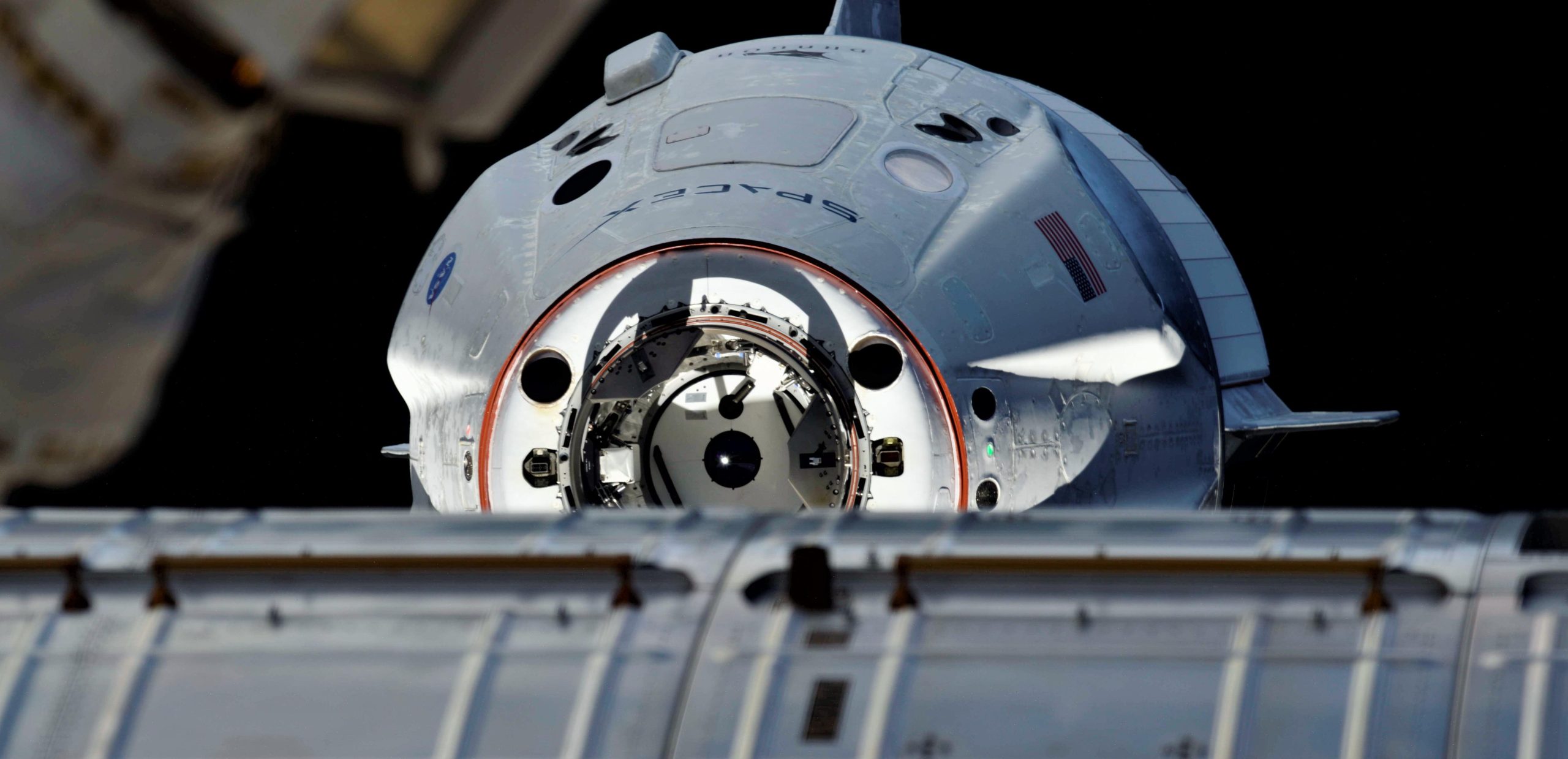

News
SpaceX's first NASA astronaut launch closer than ever as spacecraft and rocket near Florida
According to an engineer’s February presentation, SpaceX is on the brink of shipping its first NASA astronaut-rated Crew Dragon spacecraft to Kennedy Space Center – arguably the company’s biggest milestone yet on the path to human spaceflight.
In the last year, SpaceX’s Crew Dragon program has undeniably stumbled a few times, suffering challenging parachute failures and the catastrophic explosion of the first flight-proven Crew Dragon capsule. However, the year has been filled with far more successes. By all appearances, Crew Dragon’s parachute issues have been completely solved, while SpaceX successfully static fired an upgraded Crew Dragon’s SuperDraco engines before launching a flawless in-flight abort (IFA) test just last month.
Prior to all of this, SpaceX’s Crew Dragon spacecraft completed what NASA deemed a “flawless” and “phenomenal” orbital launch debut, docking with and departing the space station without issue before safely reentering Earth’s atmosphere and splashing down in the Atlantic Ocean. Now, ten months after that flawless debut, SpaceX is perhaps just a week or two away from reaching a major milestone ahead of its first NASA astronaut launch.
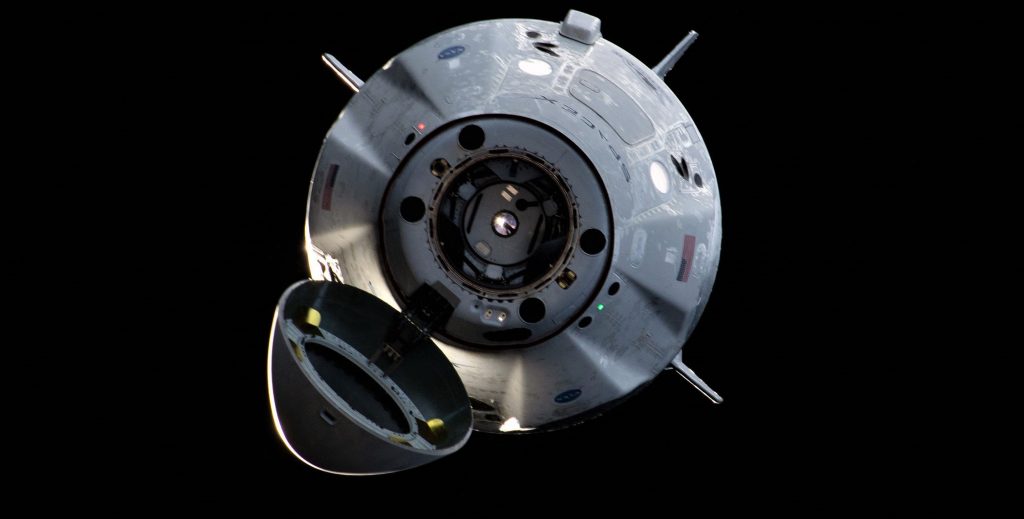
Part of some kind of Kennedy Space Center (KSC) event on February 1st or 2nd, SpaceX Director of Vehicle Integration Christopher Couluris gave an exceptionally insightful presentation that was apparently recorded and (very) briefly available on YouTube. Aside from a great deal of new and useful information on Falcon booster reusability, Starship manufacturing, and more, Couluris also teased some major news for SpaceX’s Crew Dragon spacecraft.
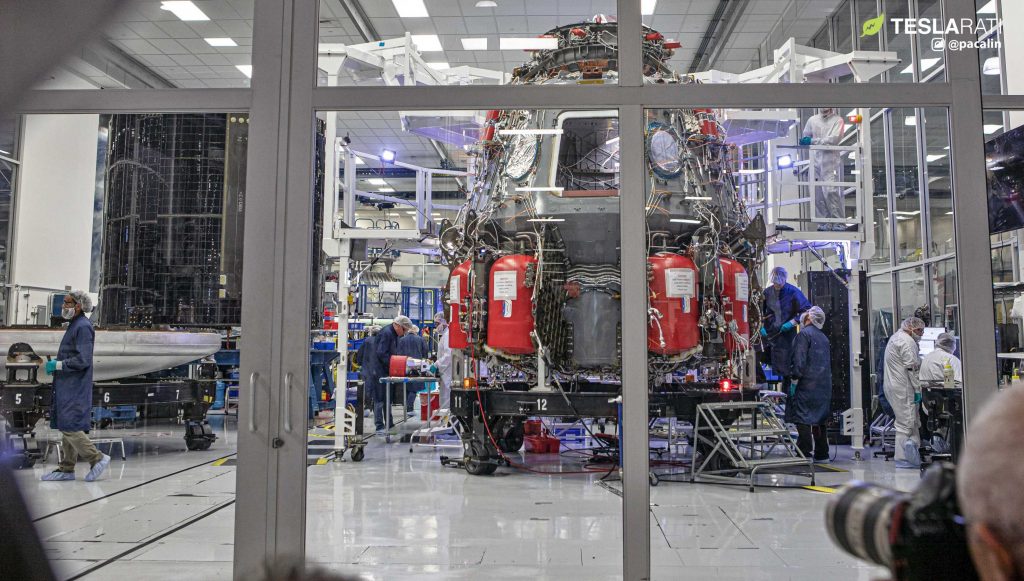

In short, Couluris revealed that the Crew Dragon spacecraft – capsule C206 and an expendable trunk – assigned to SpaceX’s ‘Demo-2’ NASA astronaut launch debut could arrive at the company’s Florida Dragon processing facilities as early as mid-February, just a week or two from now. At the same time, comments the SpaceX engineer made about the number of SpaceX rocket boosters currently in Florida heavily implied that the Falcon 9 rocket assigned to said astronaut launch debut is already at KSC Launch Complex 39A (or at least nearby).
In other words, after Crew Dragon arrives, SpaceX will have all the hardware on hand and ready for its first NASA astronaut launch – arguably the single most important mission in the company’s history. Barring calamity, all that will remain is a few weeks of processing and an indeterminately long period of NASA/SpaceX reviews and paperwork. Elon Musk recently stated that he was confident that Crew Dragon Demo-2 would be fully ready to launch as early as April 2020, although May or June are also a strong possibility.
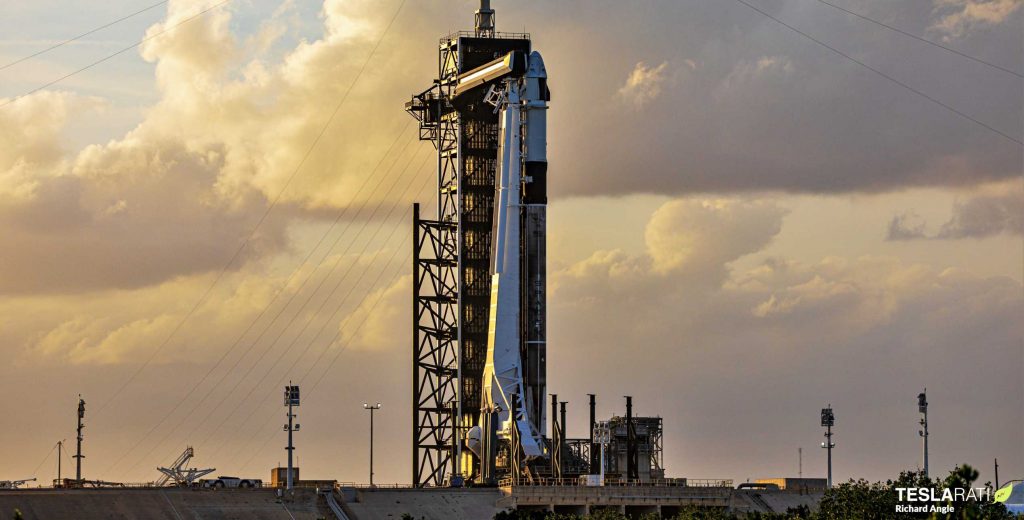
Funded by NASA and designed and built by SpaceX, Crew Dragon (Dragon 2) is an upgraded version of the company’s workhorse Cargo Dragon (Dragon 1) spacecraft, which has successfully performed 18 International Space Station (ISS) resupply missions in just eight years. While there’s a chance that SpaceX will ultimately use Crew Dragon for its own needs, like private orbital tourism, the spacecraft’s primary purpose is to routinely carry NASA astronauts to and from the Space Station – a capability the US has not had since NASA and Congress prematurely killed the Space Shuttle in 2011.

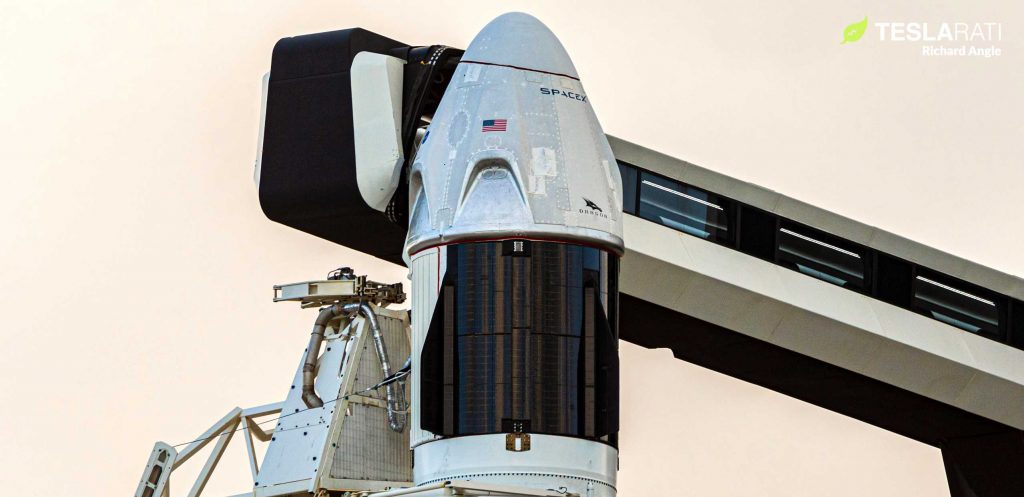
Originally intended to launch as early as 2017, both SpaceX and Boeing suffered major delays as they worked through the many challenges associated with human spaceflight and grappled with several years of egregious Congressional underfunding.
Check out Teslarati’s Marketplace! We offer Tesla accessories, including for the Tesla Cybertruck and Tesla Model 3.

News
Nvidia CEO Jensen Huang explains difference between Tesla FSD and Alpamayo
“Tesla’s FSD stack is completely world-class,” the Nvidia CEO said.

NVIDIA CEO Jensen Huang has offered high praise for Tesla’s Full Self-Driving (FSD) system during a Q&A at CES 2026, calling it “world-class” and “state-of-the-art” in design, training, and performance.
More importantly, he also shared some insights about the key differences between FSD and Nvidia’s recently announced Alpamayo system.
Jensen Huang’s praise for Tesla FSD
Nvidia made headlines at CES following its announcement of Alpamayo, which uses artificial intelligence to accelerate the development of autonomous driving solutions. Due to its focus on AI, many started speculating that Alpamayo would be a direct rival to FSD. This was somewhat addressed by Elon Musk, who predicted that “they will find that it’s easy to get to 99% and then super hard to solve the long tail of the distribution.”
During his Q&A, Nvidia CEO Jensen Huang was asked about the difference between FSD and Alpamayo. His response was extensive:
“Tesla’s FSD stack is completely world-class. They’ve been working on it for quite some time. It’s world-class not only in the number of miles it’s accumulated, but in the way it’s designed, the way they do training, data collection, curation, synthetic data generation, and all of their simulation technologies.
“Of course, the latest generation is end-to-end Full Self-Driving—meaning it’s one large model trained end to end. And so… Elon’s AD system is, in every way, 100% state-of-the-art. I’m really quite impressed by the technology. I have it, and I drive it in our house, and it works incredibly well,” the Nvidia CEO said.
Nvidia’s platform approach vs Tesla’s integration
Huang also stated that Nvidia’s Alpamayo system was built around a fundamentally different philosophy from Tesla’s. Rather than developing self-driving cars itself, Nvidia supplies the full autonomous technology stack for other companies to use.
“Nvidia doesn’t build self-driving cars. We build the full stack so others can,” Huang said, explaining that Nvidia provides separate systems for training, simulation, and in-vehicle computing, all supported by shared software.
He added that customers can adopt as much or as little of the platform as they need, noting that Nvidia works across the industry, including with Tesla on training systems and companies like Waymo, XPeng, and Nuro on vehicle computing.
“So our system is really quite pervasive because we’re a technology platform provider. That’s the primary difference. There’s no question in our mind that, of the billion cars on the road today, in another 10 years’ time, hundreds of millions of them will have great autonomous capability. This is likely one of the largest, fastest-growing technology industries over the next decade.”
He also emphasized Nvidia’s open approach, saying the company open-sources its models and helps partners train their own systems. “We’re not a self-driving car company. We’re enabling the autonomous industry,” Huang said.
Elon Musk
Elon Musk confirms xAI’s purchase of five 380 MW natural gas turbines
The deal, which was confirmed by Musk on X, highlights xAI’s effort to aggressively scale its operations.

xAI, Elon Musk’s artificial intelligence startup, has purchased five additional 380 MW natural gas turbines from South Korea’s Doosan Enerbility to power its growing supercomputer clusters.
The deal, which was confirmed by Musk on X, highlights xAI’s effort to aggressively scale its operations.
xAI’s turbine deal details
News of xAI’s new turbines was shared on social media platform X, with user @SemiAnalysis_ stating that the turbines were produced by South Korea’s Doosan Enerbility. As noted in an Asian Business Daily report, Doosan Enerbility announced last October that it signed a contract to supply two 380 MW gas turbines for a major U.S. tech company. Doosan later noted in December that it secured an order for three more 380 MW gas turbines.
As per the X user, the gas turbines would power an additional 600,000+ GB200 NVL72 equivalent size cluster. This should make xAI’s facilities among the largest in the world. In a reply, Elon Musk confirmed that xAI did purchase the turbines. “True,” Musk wrote in a post on X.
xAI’s ambitions
Recent reports have indicated that xAI closed an upsized $20 billion Series E funding round, exceeding the initial $15 billion target to fuel rapid infrastructure scaling and AI product development. The funding, as per the AI startup, “will accelerate our world-leading infrastructure buildout, enable the rapid development and deployment of transformative AI products.”
The company also teased the rollout of its upcoming frontier AI model. “Looking ahead, Grok 5 is currently in training, and we are focused on launching innovative new consumer and enterprise products that harness the power of Grok, Colossus, and 𝕏 to transform how we live, work, and play,” xAI wrote in a post on its website.
Elon Musk
Elon Musk’s xAI closes upsized $20B Series E funding round
xAI announced the investment round in a post on its official website.

xAI has closed an upsized $20 billion Series E funding round, exceeding the initial $15 billion target to fuel rapid infrastructure scaling and AI product development.
xAI announced the investment round in a post on its official website.
A $20 billion Series E round
As noted by the artificial intelligence startup in its post, the Series E funding round attracted a diverse group of investors, including Valor Equity Partners, Stepstone Group, Fidelity Management & Research Company, Qatar Investment Authority, MGX, and Baron Capital Group, among others.
Strategic partners NVIDIA and Cisco Investments also continued support for building the world’s largest GPU clusters.
As xAI stated, “This financing will accelerate our world-leading infrastructure buildout, enable the rapid development and deployment of transformative AI products reaching billions of users, and fuel groundbreaking research advancing xAI’s core mission: Understanding the Universe.”
xAI’s core mission
Th Series E funding builds on xAI’s previous rounds, powering Grok advancements and massive compute expansions like the Memphis supercluster. The upsized demand reflects growing recognition of xAI’s potential in frontier AI.
xAI also highlighted several of its breakthroughs in 2025, from the buildout of Colossus I and II, which ended with over 1 million H100 GPU equivalents, and the rollout of the Grok 4 Series, Grok Voice, and Grok Imagine, among others. The company also confirmed that work is already underway to train the flagship large language model’s next iteration, Grok 5.
“Looking ahead, Grok 5 is currently in training, and we are focused on launching innovative new consumer and enterprise products that harness the power of Grok, Colossus, and 𝕏 to transform how we live, work, and play,” xAI wrote.








